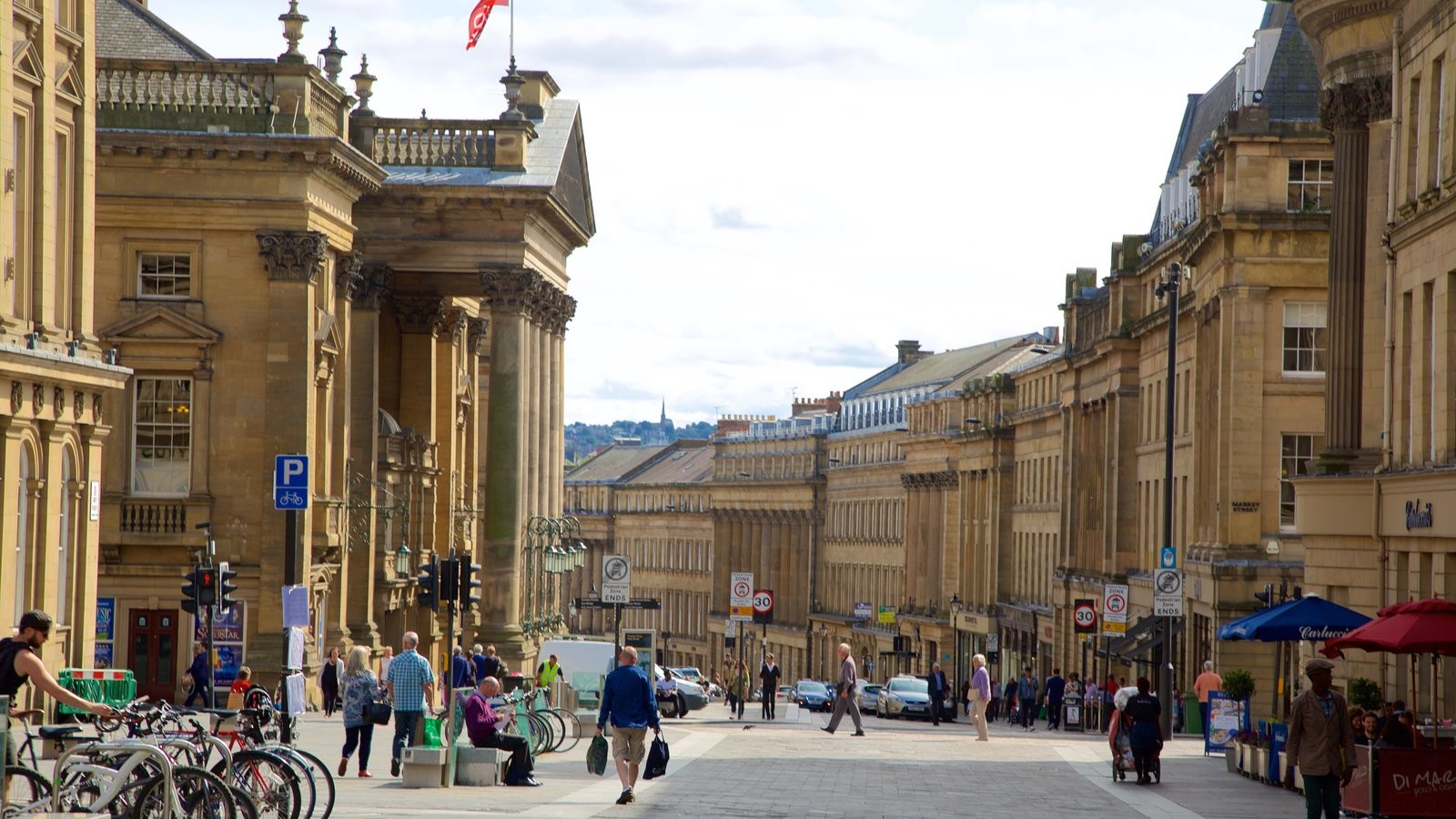Where to go
North-east England has an outstanding cultural heritage. Beneath the modern cityscape of Newcastle upon Tyne are layers of Victorian industry, early modern manners, medieval commerce and spirituality, Anglo-Saxon learning, and Roman engineering. Newcastle's Theatre Royal is a home to Opera North and the Royal Shakespeare Company, and the Sage Gateshead for Royal Northern Sinfonia, Folkworks, and a thriving educational programme. If you are staying on after the conference, the opening concert for Royal Northern Sinfonia's opening night is on Saturday 18 September at 7.30pm.
The landscape is unsurpassed for beauty, variety and accessibility. Flowing from the Pennines to the North Sea, the River Tyne runs parallel with Hadrian's Wall past Hexham's Augustinian priory. It provided a transport highway in the industrial era and is now a centre for tourism and leisure. Kielder Water, in Northumberland National Park, is one of England's biggest inland lakes and a hub for sailing and mountain biking. One of the least light-polluted areas in England, the National Park also includes the Cheviot hills; south of the Tyne are the wild Pennines.
Bring bike: a vast network of disused railway lines, another legacy of the region's industrial past, gives us some of the best and most extensive off-road routes on the National Cycle Network.
Bring boots: the Pennines, Cheviot Hills and coastline have first-class paths.
Historic sites of interest: Brinkburn Priory (a favoured recording venue), Lanercost Priory, Hexham Abbey (good organ, fine medieval woodwork), Warkworth Castle, Alnwick Castle, Dunstanburgh Castle (painted by Turner), Bamburgh Castle, and the Holy Island of Lindisfarne (accessible by causeway: check the tide timetables).
Victorian elegance: Grey Street and the Theatre Royal
 .
.





